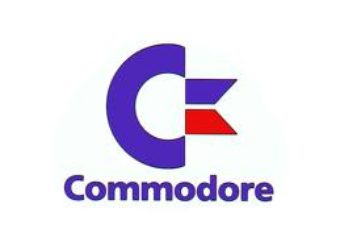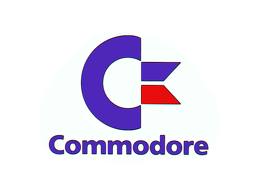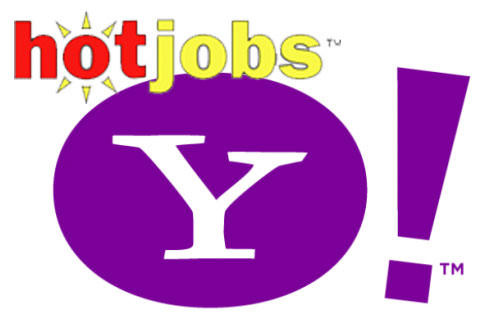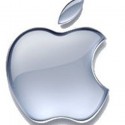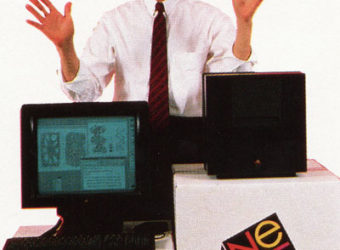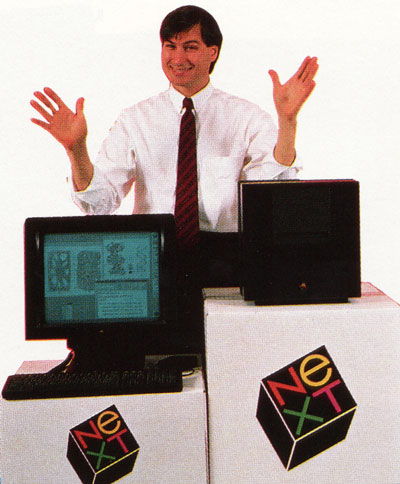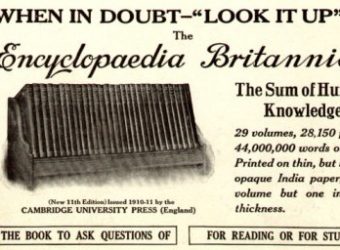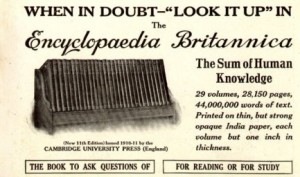December 30, 2008: Does Facebook Allow Breastfeeding?
Subscribe! Spotify | RSS | More
2008 – Facebook made an initiative to remove any picture showing breastfeeding. In return, 11,000 women posted pictures in protest.
On June 15, 2014, after the #FreeTheNipple campaign brought success, Facebook officially changed their stance on the subject. According to their “Does Facebook Allow Breastfeeding” FAQ page:
Yes. We agree that breastfeeding is natural and beautiful and we’re glad to know that it’s important for mothers to share their experiences with others on Facebook. The vast majority of these photos are compliant with our policies.
Facebook’s policy also states if people complain or its too questionable, they have the right to remove the photos. Basically, the baby must be fully engaged in the feeding so the nipple is covered.
There is still a lot of controversy surrounding this issue.

Subscribe to Day In Tech History:
RSS Feed - iTunes - Android - Spotify - iHeartRadio
Facebook -
- RSS Bandwidth by Cachefly Get a 14 Day Trial
- Join me on Patreon and support Day in Tech History
- Version 3.2 of IBM PC-DOS
- <a class="zem_slink" title="WonderSwan” href=”http://www.swan.channel.or.jp/swan/hardware/hardware.html” rel=”homepage”>WonderSwan





